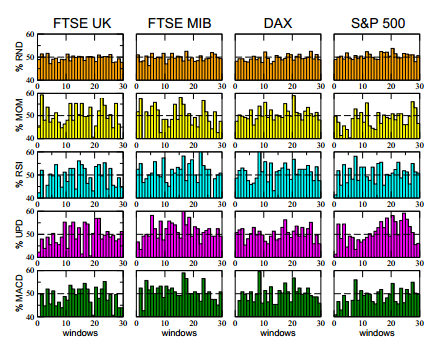- The Little Secrets Behind Apple’s Green Data Centers
Apple is using a combination of solar, fuel cells, and renewable energy purchases to meet its clean-energy targets.
Apple this week said that all of its data centers are powered by renewable energy. How Apple achieved that impressive goal reflects the complexity of transitioning to renewable energy.
- Other Interesting arXiv Papers This Week
The best of the rest from the Physics arXiv preprint server
RadioAstron – a Telescope with a Size of 300 000 km: Main Parameters and First Observational Results
- A Tale of Two Genachowskis
FCC Chairman Julius Genachowski will leave a legacy of progress on spectrum policy and broadband expansion– in a nation of monopolies charging high prices
In Hong Kong, I’m told you can get 500 megabits-per-second Internet service for $25 a month. In my Massachusetts neighborhood–which happens to be served by Verizon FIOS fiber service–getting one-tenth that speed will set you back $80 (plus taxes and fees). And whereas in Hong Kong uploads are as fast as downloads, the Verizon service gives me half-speed on the uploads.
- HBO GO-It-Alone?
HBO mulls breaking apart from the bundle. Will its broadband partners acquiesce?
Earlier this week, I mentioned what Aereo’s CEO had told me would be a metric for progress in TV innovation: à la carte pricing for individual networks, rather than a compulsory bundle of countless channels we don’t watch. Many people had their eyes on HBO, the strongest brand in cable right now, as the maverick that might make a move towards separating its content from cable subscriptions. After all, it was making just this happen in Scandinavia, going directly head-to-head with the likes of Netflix there.
- Doctors Should Tell Patients About Some, But Not All, Unexpected Genetic Findings
A professional medical geneticists group recommends that certain genetic risk factors be examined in all medical DNA sequence tests.
On Thursday, the American College of Medical Genetics and Genomics recommended that doctors tell patients about certain genetic disease risks if they accidentally find them when exploring a patient’s genome for another reason. However, the group does not recommend that doctors tell patients about all incidental findings.
Digest powered by RSS Digest







